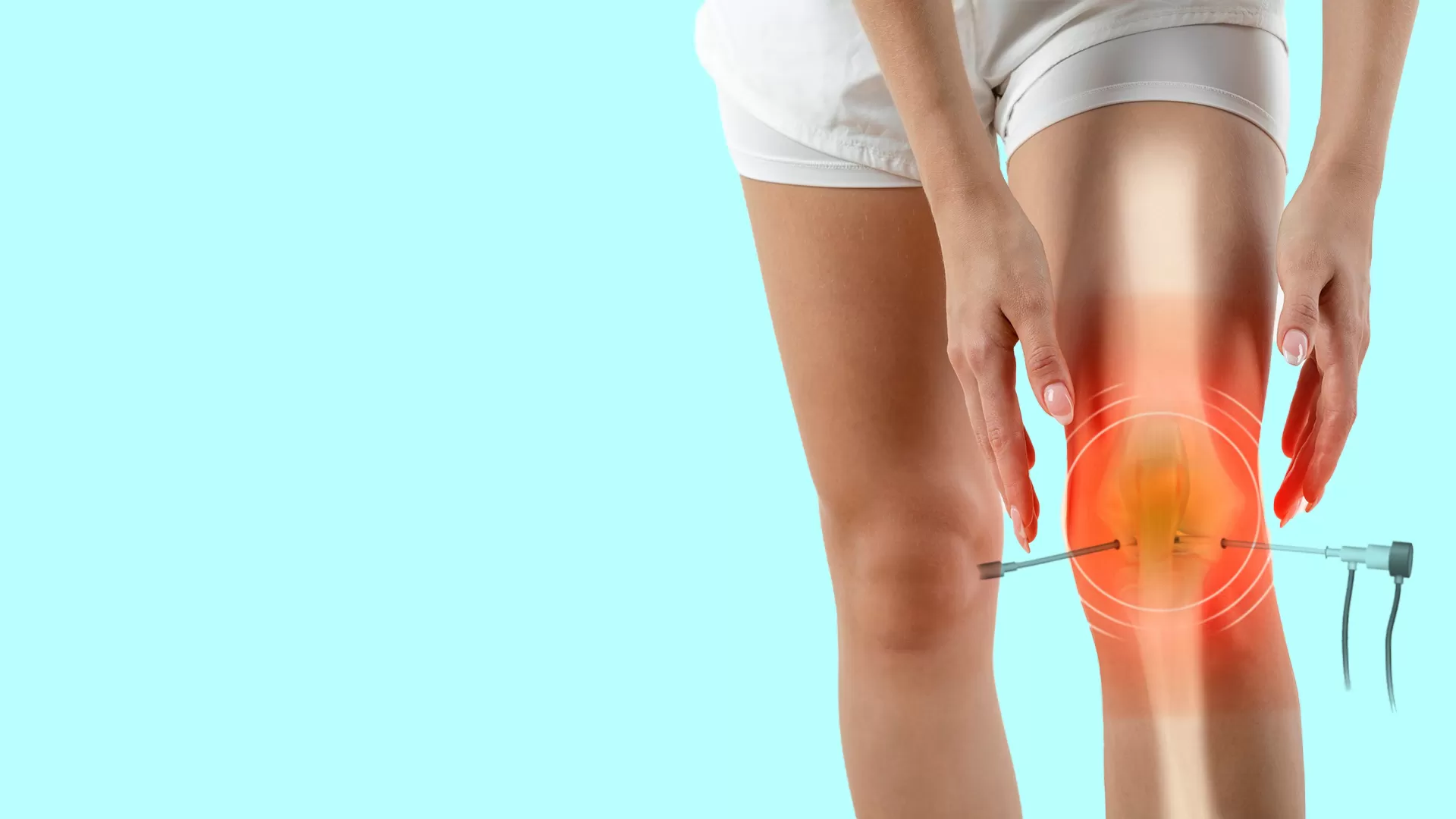Deep vein thrombosis (DVT) involves the formation of a blood clot in a deep vein, most often in the legs. While many people with DVT experience no obvious signs at first, the condition may affect your entire circulatory system. Understanding the impact of DVT and possible ways to lower your risk helps you protect your long-term vein and heart health.
How Deep Vein Thrombosis Forms
DVT begins when a blood clot forms within a deep vein, typically in the lower leg, thigh, or pelvis. Some individuals notice swelling, tenderness, or a feeling of warmth in the affected limb. Others may not have symptoms at all. Regardless, the presence of a clot changes how blood flows through the involved vein.
Impact on Blood Flow
A blood clot acts like a dam, blocking or disrupting the normal movement of blood through a vein. This blockage forces blood to reroute around the clot or even pool behind it. Over time, veins may become swollen or inflamed, and surrounding tissues might not get enough fresh blood. Restricted flow also raises the risk of future clot formation.
When blood flow is blocked, pressure may build inside the veins. This can lead to long-term discomfort, swelling, and a feeling of heaviness in the affected area. Some people develop long-term problems, such as a condition called post-thrombotic syndrome. This syndrome may cause chronic swelling, pain, and skin changes.
Potential Complications
A major concern with DVT is the chance that the clot will break free and move through the bloodstream. If this occurs, the clot may travel to the lungs and block an artery, resulting in a pulmonary embolism. This is considered a medical emergency and requires prompt attention. While not all DVT clots travel, the possibility highlights why awareness and early action matter.
Another complication is the development of new clots due to changes in blood flow and vein function. Individuals who have had DVT in the past are at higher risk of recurrence. Chronic vein problems may linger, even after the original clot is gone.
Preventing Deep Vein Thrombosis
Prevention begins with everyday habits. Maintaining a healthy weight and staying physically active both support good vein function. Regular walking or other gentle exercise keeps blood moving and lowers the chances of clots developing. If you sit for long stretches, try to stand up, stretch, or move your legs every hour.
Wearing loose clothing and drinking plenty of water also support healthy circulation. Talk to your healthcare provider about your risk factors for DVT, especially after surgery or during periods of limited mobility. They might suggest compression stockings or other strategies to encourage healthy blood flow.
Treatment Options
Health professionals often use medications or procedures to reduce the risk of complications. Blood thinners may help prevent clots from growing larger or new clots from forming. Sometimes, doctors use special filters or minimally invasive procedures to address larger or stubborn clots. Support from your care team plays a key role in recovery. If you have been diagnosed with deep vein thrombosis, stick to your treatment plan and attend follow-up visits.
Find Care for Deep Vein Thrombosis
DVT affects more than just your veins; it has lasting effects on health and well-being. You can reduce risk and support lifelong circulatory health by staying active, working with your healthcare provider, and watching for warning signs. Schedule an appointment with a vascular specialist to learn more.









Leave a Reply